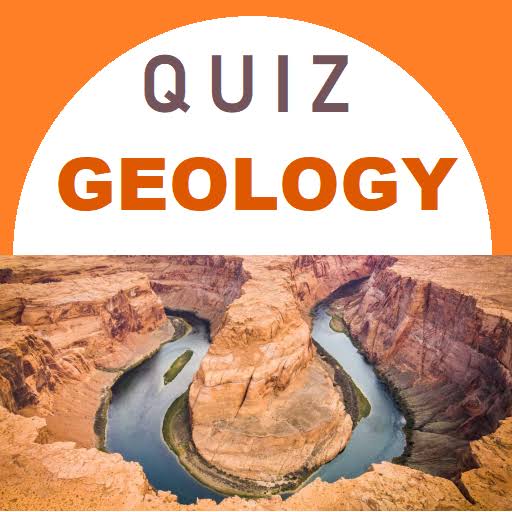Geology online Quizzes questions and answers. Free online quiz with multiple-choice questions (MCQ) without registration.

Geology Multiple Choice Questions
#1. pyroclastic flow is formed when an explosive eruption produces a dense mixture of:
#2. What type of rock is formed from the cooling and solidification of magma or lava?
#3. What is the study of the Earth’s physical and chemical processes called?
#4. Which of the following is NOT a type of rock?
#5. What is the epicenter?
#6. A sheet-like intrusion formed as magma pushes in between layers of rock is called:
#7. What name is given to molten rocks thrown out by a volcano?
#8. Which type of rock is primarily composed of calcium carbonate?
#9. What is the name for the layer of the Earth’s interior located between the crust and the core?
#10. What is the difference in energy released?
#11. Which type of volcano is characterized by a small, steep-sided cone?
#12. Which of these rocks is the hardest?
#13. Acid mine drainage from underground mines occurs as
#14. What is Geology?
#15. What is the name for a crack in a rock along which there has been movement?
#16. What type of rock is formed from the alteration of preexisting rocks due to heat and pressure?
#17. What is the term for the process by which rock is broken down into smaller pieces by living organisms?
#18. What is the term for the process by which sediment is moved downhill by gravity?
#19. What is the name for the process by which one tectonic plate is forced beneath another?
#20. What is the name for the process by which rock is broken down into smaller pieces?
#21. Earthworms in the soil help to do what?
#22. What property of marble makes it vulnerable to weathering processes?
#23. Which is the correct hierarchical level of organisation in ecology?
#24. Hardness of minerals depends on
#25. What color is the peridot stone?
#26. Which type of plate boundary is characterized by two plates sliding past each other?
#27. Which type of rock is most likely to contain fossils?
#28. Which of the following provides the best evidence that rocks have been uplifted?
#29. Conglomerate is a rock made up of rounded pebbles that have become cemented together. A sample of conglomerate from Scotland contains pebbles of granite. Which of the following is NOT true?
#30. What is the process by which sediments are transformed into sedimentary rock?
#31. The age of the Earth is thought to be about:
#32. Which type of volcano is characterized by a broad, gently sloping cone?
geology questions and answers | geology questions for competitive exams | geology exam questions. Geology quiz questions and answers.geology quizes. Geology online quiz.




I’m glad to answer such like questions and answers so next time also you continue such questions and answers
Thanks for sharing your experiences.
Hi.I am a Geologist ….
Hi.I am a Geologist ….
Hey am a geologist